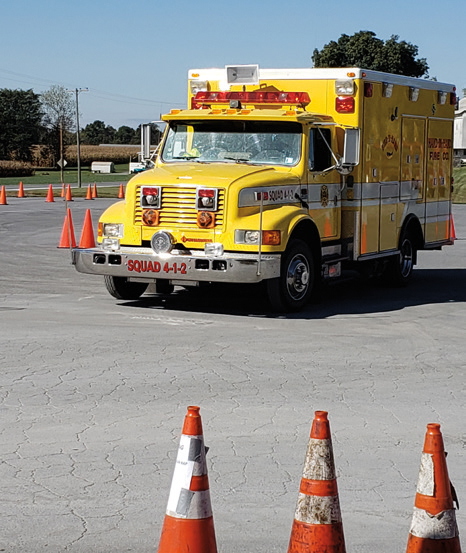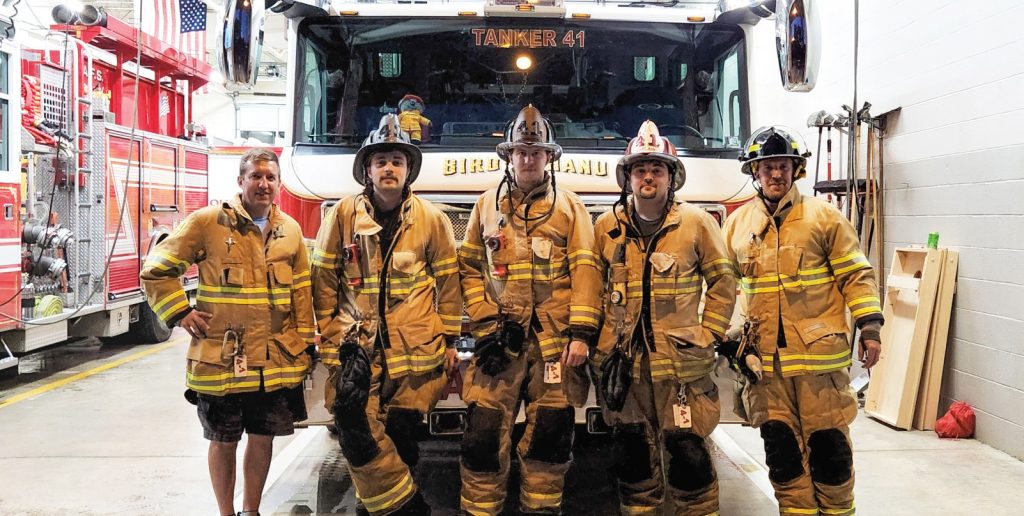The number of Hand-in-Hand engineers has doubled in the last two years! This is significant for a company in which 50% of its firefighter population doesn’t drive. The process to becoming an engineer that can drive and operate our fire trucks can be accomplished in as little as one year, depending on the member’s availability.
An engineer’s first responsibility is to drive apparatus and firefighters to an emergency safely and defensively. It’s easy to be overwhelmed and get absorbed by the emergency, but the engineer succeeds by remaining calm, focused, and fully aware of other vehicles on the road. Because traveling at times over the speed limit and through traffic lights and intersections, the engineer must be cautious to avoid another emergency while responding.
To become an engineer you must be over 21 years of age. You begin by learning how to drive the apparatus around the parking lot, then move to practice road runs and learning all of the equipment on board. The engineer needs to know the location and function of all firefighting and rescue equipment on the apparatus in order to efficiently retrieve and operate them on scene. After each call, the engineer fully resets and repacks the truck for the next emergency. There are four different apparatus at Hand-in-Hand: tanker, pumper, and two squad trucks. Many of the engineers can operate more than one piece.
In the last two years, the Fire Company has gained four new engine drivers, three more trainees to be fully certified by this fall, and four new squad driver trainees. The officers have approved Joel Rennie, Alex Traynor, Tim Quenzer, and Luke Fisher to drive Squad 41-1 and Squad 41-2 on emergency calls. Congratulations guys!


© 2024 All Rights Reserved